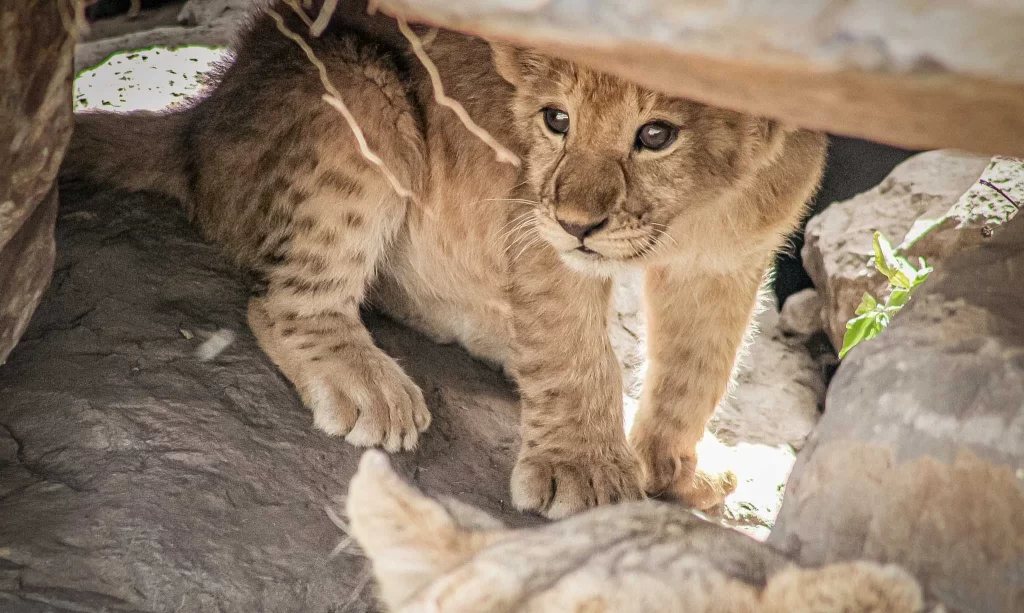Embarking on an exploration of one of the world’s most remarkable natural spectacles, the annual migration of over 1.5 million wildebeest across the Serengeti-Mara ecosystem in East Africa is a captivating phenomenon. A seeming dance of life and death, this mass exodus is traditionally understood as being shaped by biotic or living influences such as predation and food availability. However, recent research has shed some incredible light on the abiotic or non-living factors that have a profound impact on the migratory patterns of these creatures. Prepare to be fascinated as we delve into the lesser-known force shaping the great wildebeest migration!
Shedding Light on Abiotic Influences on Wildebeest Migration
Scientists have long been intrigued by the migration patterns of wildebeest. While elements such as predation, food, and water availability have been recognized as significant influences, a new study has highlighted the pivotal role played by abiotic or non-living factors. These include climatic conditions, soil nutrition, and landscape topography, which collectively orchestrate the timing, direction, and distance of this unique migration.
Weather, in particular, plays a key role in the timing and direction of the migration. The wildebeest are sensitive to rainfall patterns, with the onset of rains usually triggering the start of migration. The creatures follow the rain in an endless search for fresh grazing pastures, and the availability of water. The influence of climate extends beyond rainfall patterns to include temperature and wind direction, which also impact the routes the wildebeest take.
Exploring the Non-Living Factors that Steer the Great Trek
In addition to climate, the composition and nutritional content of the soil in different regions significantly influence where wildebeest congregate. Areas with nutrient-rich soils produce more nutritious grass, drawing larger herds and influencing the direction of their trek. Moreover, the landscape’s topography – the physical features of the land, including its height, shape, and the arrangement of natural and human-made features – also plays a critical role in navigating the herds.
Man-made barriers such as fences and roads can significantly affect migratory routes and timings. These obstructions can lead to changes in the traditional migration paths, causing challenges for the wildebeest herds as they navigate unfamiliar terrains. On a broader scale, these disruptions can have serious implications for the ecological balance of the entire region.
In conclusion, the phenomenon of wildebeest migration is a perfect illustration of the intricate interplay between living and non-living factors in the natural world. While the biotic influences such as predators and food availability are significant, the abiotic elements – climate, soil nutrition, and landscape topography – are no less influential. They form a silent yet powerful force steering the great trek of the wildebeest across the African plains. Understanding these factors provides not only a deeper appreciation for this awe-inspiring spectacle but also crucial insights for conservation efforts aimed at maintaining this delicate ecological balance. So, next time you catch a glimpse of the great wildebeest migration, remember the unseen abiotic symphony that guides their journey!

